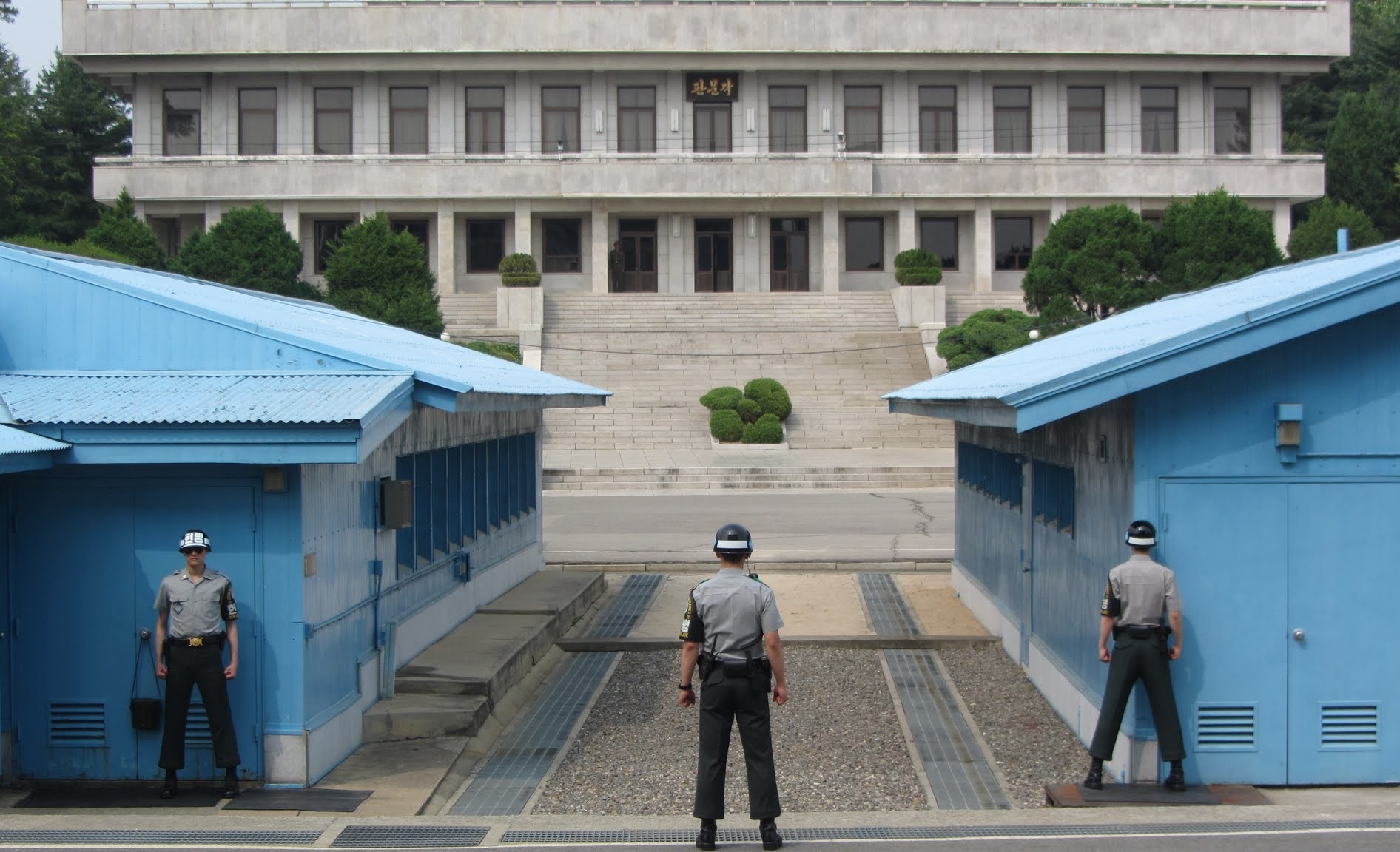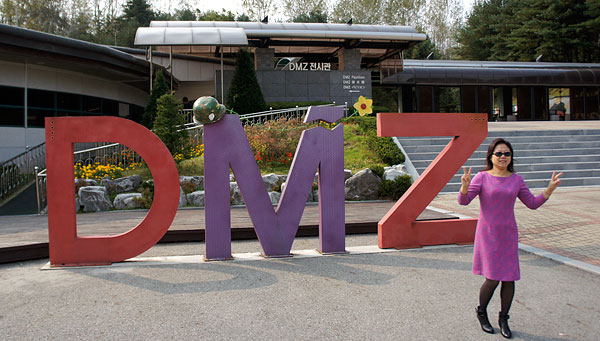 Following the second inter-Korean summit last year, a grand plan to turn the Demilitarized Zone (DMZ) into a hub for peace tourism is gaining momentum.
Following the second inter-Korean summit last year, a grand plan to turn the Demilitarized Zone (DMZ) into a hub for peace tourism is gaining momentum.
This is another bigger step forward after tour programs to the world’s most dangerous border have been drawing attention since the first summit between President Moon Jae-in and North Korean leader Kim Jong-un in April.
Behind the conciliatory vibe, the government has formed a task force handling the security-related tourism, while looking at a budget of tens of billions of won for next year to promote the plan.
However, critics say DMZ tour programs will fail to live up to their potential due to the lack of diverse attractions.

In addition, despite the Moon administration’s ambitious project since its inauguration in May 2017, a closer look shows that it is only big-picture thinking that has little details in terms of an action plan, as evidenced that it launched a council to develop the heavily fortified border splitting the two Koreas into peace tourism sites only after the second summit.
The DMZ, a 250-kilometer strip of rugged no-man’s land stretching from coast to coast, is the best place for those who want to peek into the reality of the divided Korean Peninsula and view the pristine landscape.
However, the sudden peace momentum has seen a return of visitors to the heavily fortified border splitting the two Koreas ― the closest South Korean tourists can get to the North.
 |
| The former Cheorwon Korean Workers’ Party headquarters / Korea Times file |
All-out efforts to boost DMZ tourism
The government has set its sights on changing the DMZ’s image of hostility and confrontation into a peaceful atmosphere, taking advantage of its ecological, historical and cultural resources and establishing itself as the world’s lone “peace tourism” site. It believes the project will serve as a new growth engine for regional economies.
The latest move came Sept. 20, one day after Moon and Kim struck a deal, or the Pyongyang Joint Declaration, under which the two heads of state agreed to defuse military tension, among others.
During this event, representatives of the Ministry of Culture, Sports and Tourism, the Korea Tourism Organization (KTO) and 13 local authorities near the DMZ vowed to establish a system to vitalize areas near it as tourist attractions and jointly create new content.
Separately, the KTO launched an organization last month, aimed at using tourism resources in both South and North Korea to create synergy, after forming the taskforce in March.
Amid growing expectation for DMZ tourism, the relevant budget for next year was increased by 1 billion won.
According to the government’s spending plan for 2019, the Ministry of Culture, Sports and Tourism has proposed a budget of 5.83 trillion won ($5.23 billion), 1.43 trillion of which will be spent on tourism, up 28.1 billion won from this year.
Among the large bulk of spending, 11 billion won has been allocated to creating a peace belt along the inter-Korean border.
In addition, the culture ministry plans to spend 1.2 billion won to turn the DMZ into a place of international peace tourism, creating tours and walking and bike paths that run west to east along the heavily-armed border.
“We plan to expand efforts to bring peace-themed education and tourism to make areas near the DMZ symbolic places of peace and unification,” an official from the culture ministry said.
 |
| People look at the landscape around the town of Kaepung in North Korea through binoculars at the Odusan Unification Observatory in Paju, Gyeonggi Province, Sept. 18. / Yonhap |
Lack of content
Although the DMZ has the potential to have a meteoric rise as a global tourist attraction behind its historical meaning, it still has a long way to go before reaching the goal due to many “unnecessary” regulations and the lack of content.
Although eased in 1990, a large number of places are still off limit to civilians. Plus, access regulations to the civilian control zone vary, depending on regions, while visitors are not allowed to take pictures on tours to observatories and tunnels stretching from the North to the South, drawing complaints.
A majority of foreign tourists to the DMZ only visit Paju near the western inter-Korean border, the gateway to the border truce village of Panmunjeom, meaning there are few appealing tour programs at other border areas.
“Local governments, residents and the military are required to closely cooperate in offering bona-fide security-linked tour programs,” said an official from the tourism industry.
By Kang Seung-woo
